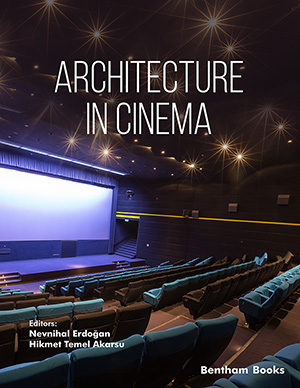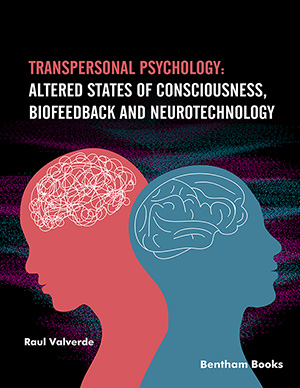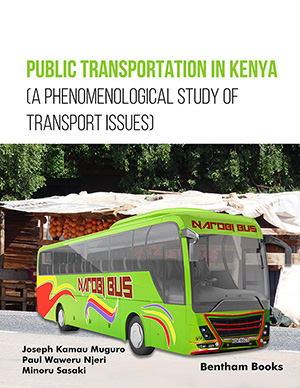Abstract
Architecture and cinema are two disciplines with strong ties to each other. Behind the establishment of these strong bonds, common terminological intersections in use, such as space, light, sound, plan, etc., have an essential place. In Stanley Kubrick's films, the fact that the space plays a vital role at least as much as the actors emphasize the importance of the space in terms of narrative formation. 2001: A Space Odyssey, which deals with the process from the first hominids to today's humans, is a cult film that should be considered since very few dialogues throughout the movie attribute a more dominant role to the space phenomenon. The depictions of space used in the film, which managed to convey millions of year of images to the audience in a short time, were also processed layer by layer parallel to the plot. The audience is involved in the storyline through the transformation of spaces ranging from the hollows where the humanoid apes shelter to the space stations and their ships. Thus, space setup plays an essential role in terms of narrative. This article discusses how this narrative role of the space is constructed and what kind of positions it takes according to the narrative to be created. The ways regarding use of space in the film's scenes were examined, and comparisons were made between the spatial reflections of human behaviors that changed over time. In this context, it is understood that the space has different qualities according to the relationship it establishes with its period. The concept of space not only provides the essential need for shelter but has become more complicated over time. It has evolved from a space formed according to human behavior to an understanding of space that determines human behavior. As the role of the conditions of the period in human life increased, space reached a level that established control over human behavior. The film, which allows this comparison, has the potential to create a different perspective that examines the existential dimension of space beyond our limited understanding of the world.
Keywords: Arthur C. Clarke, artificial Intelligence, architecture in Cinema, classical Style, hominid, hal 9000, jupiter, le Corbusier, monolith, neil Louis Armstrong, phantasmagoric, science Fiction, stanley Kubrick, space, space Travel, spaceship, superman, time, white room, 2001 Space Odyssey.








